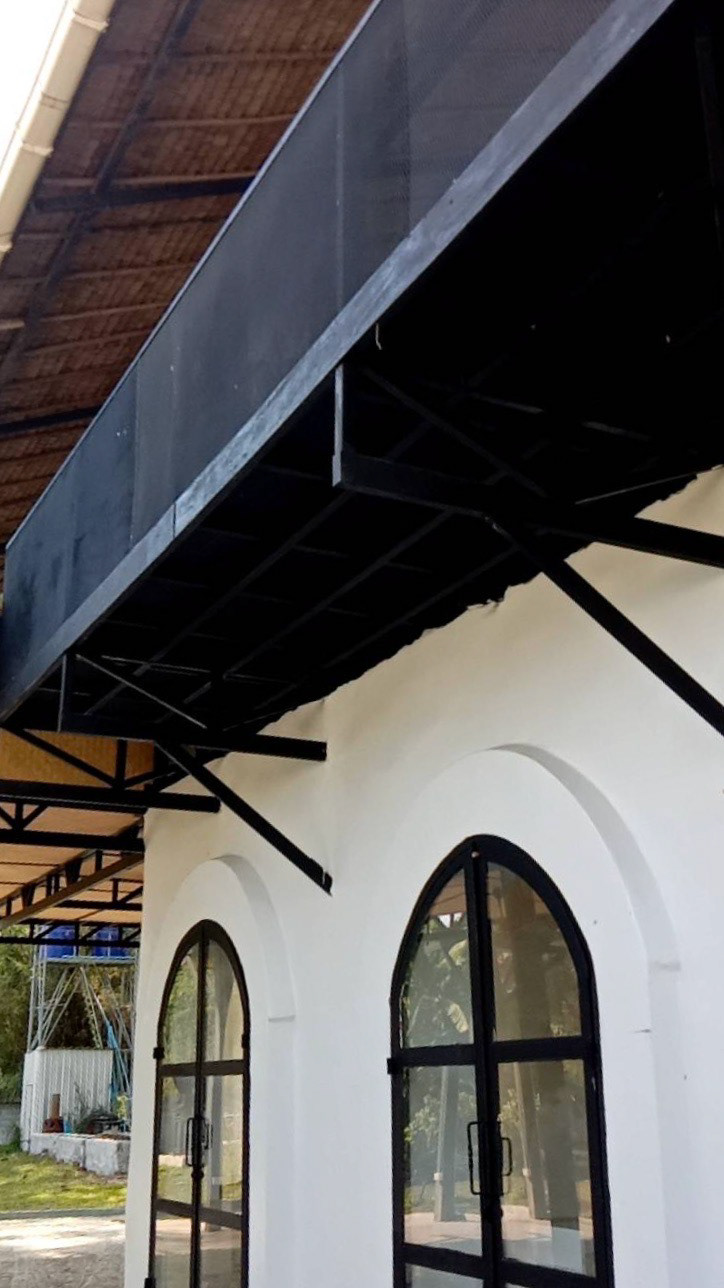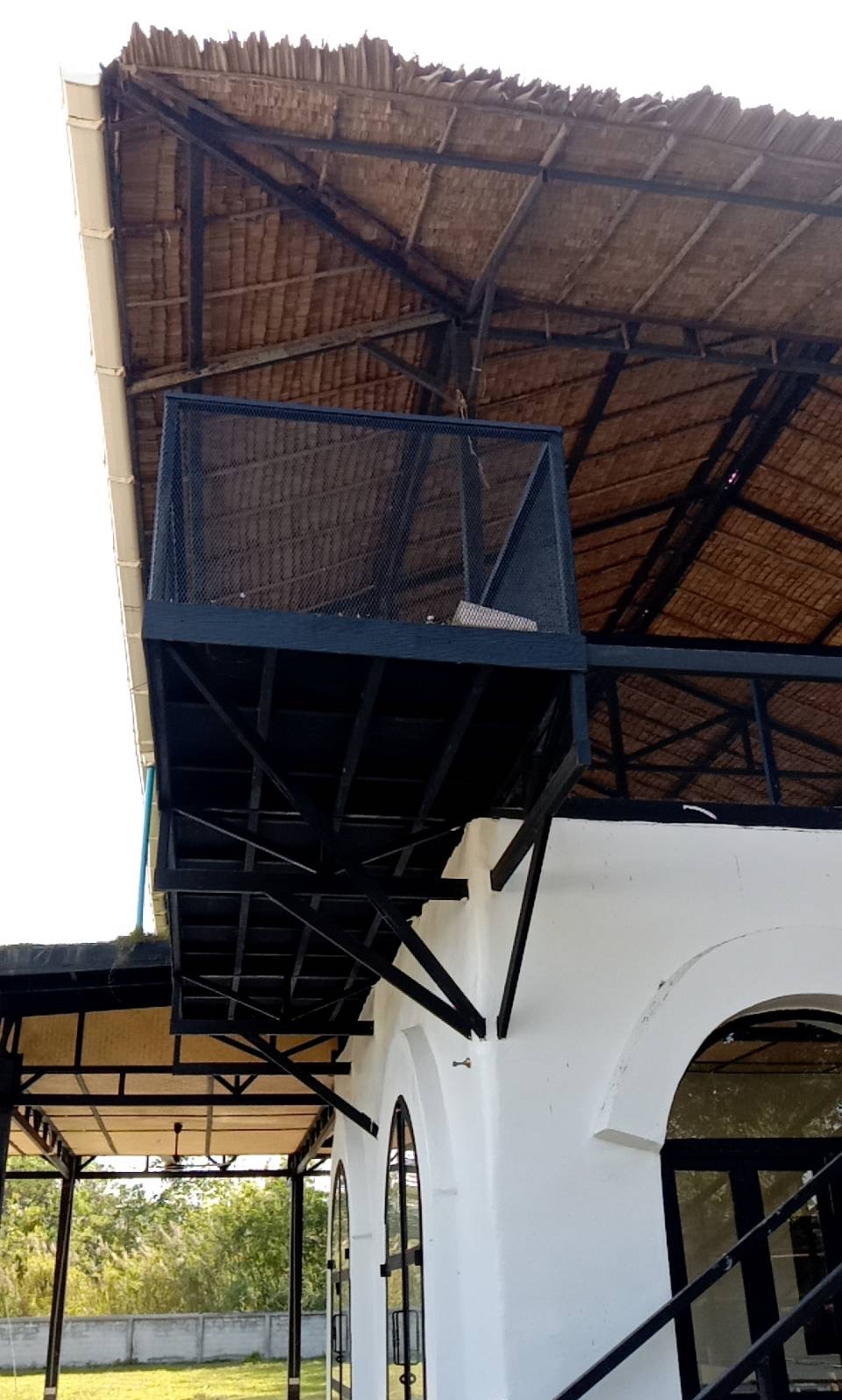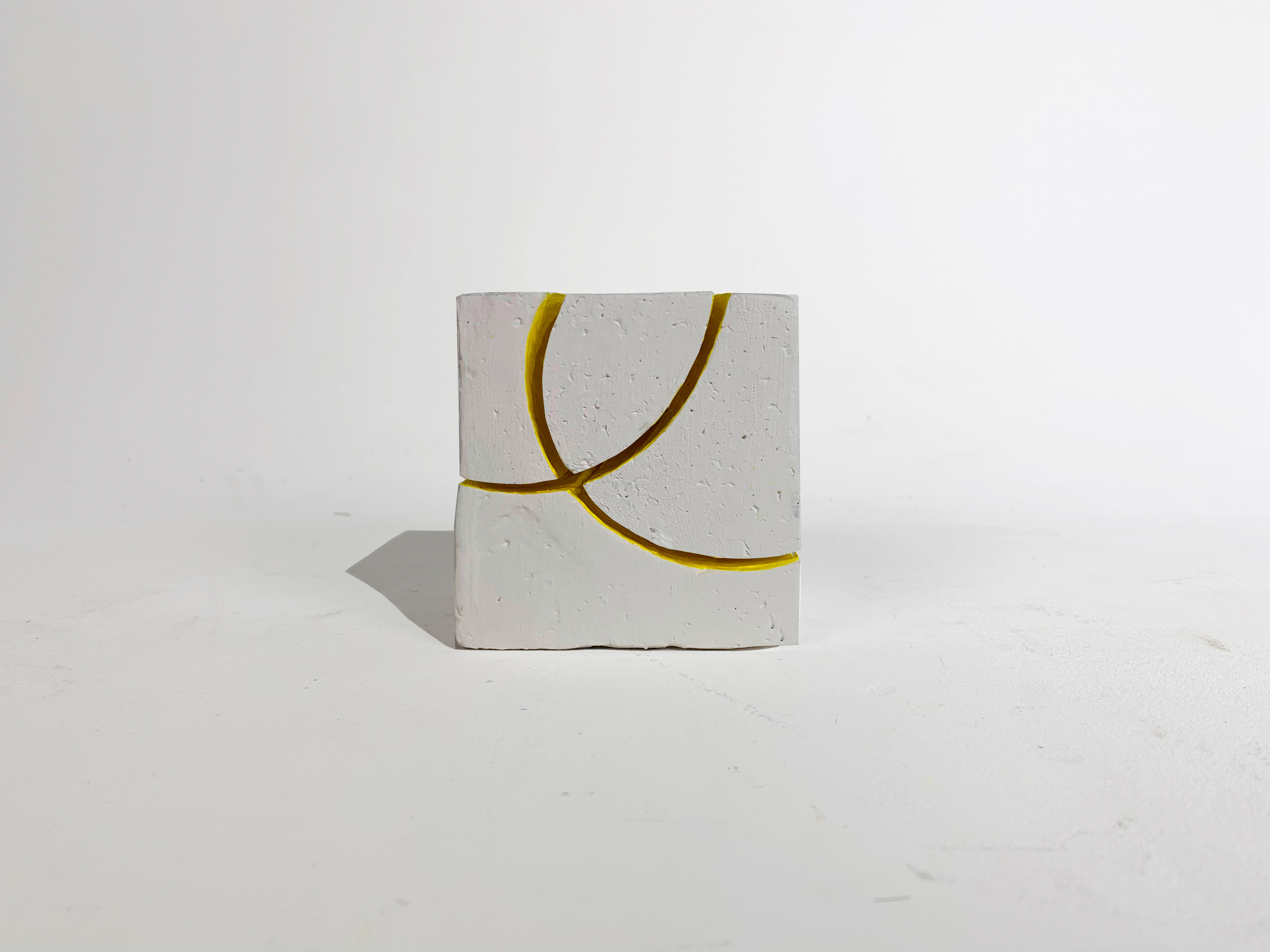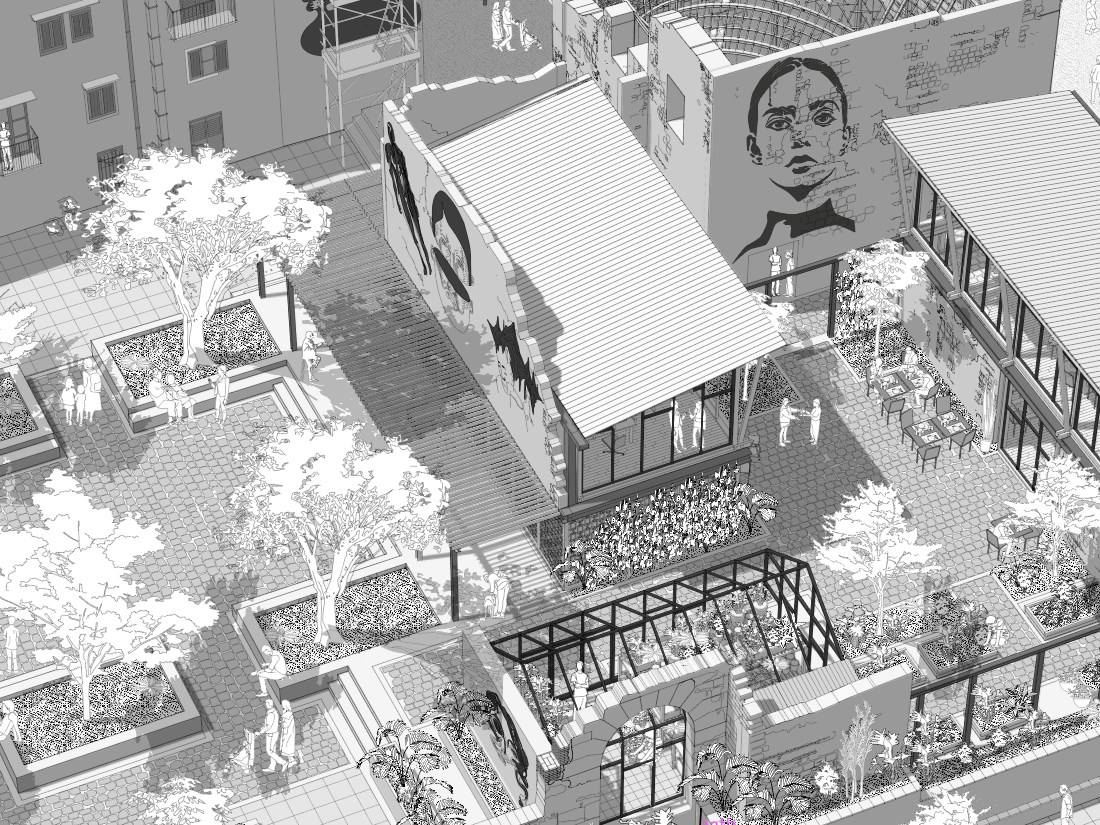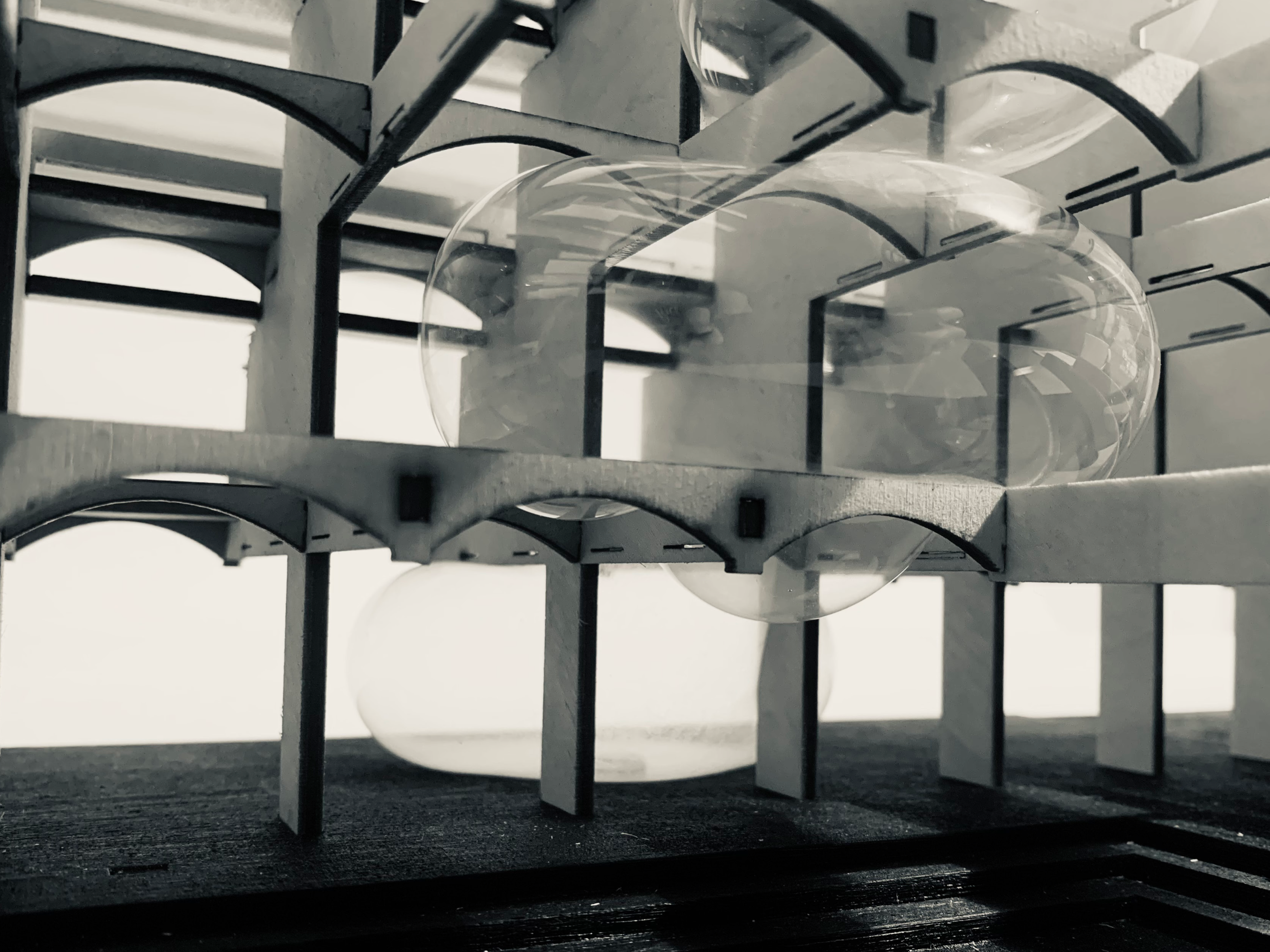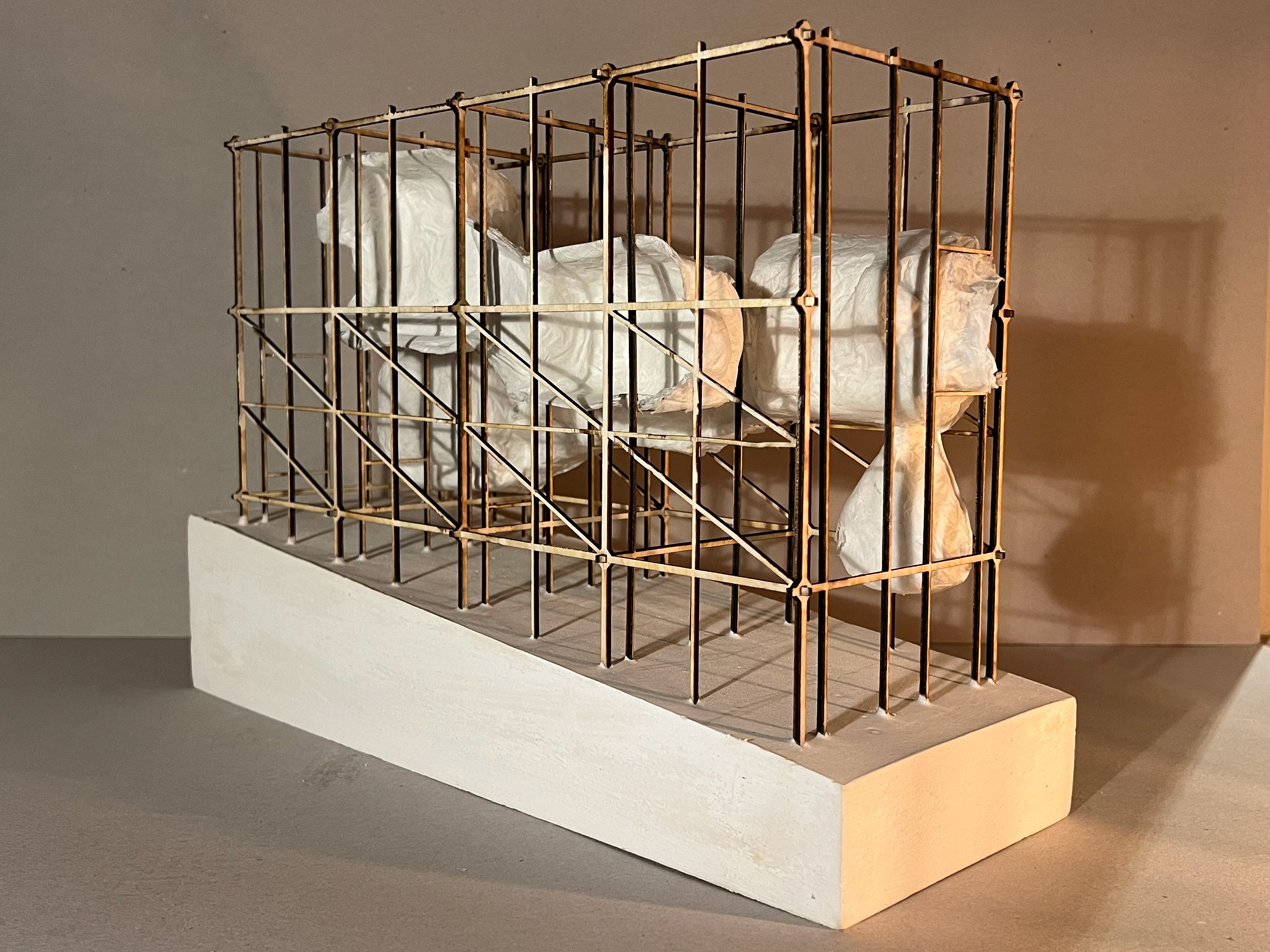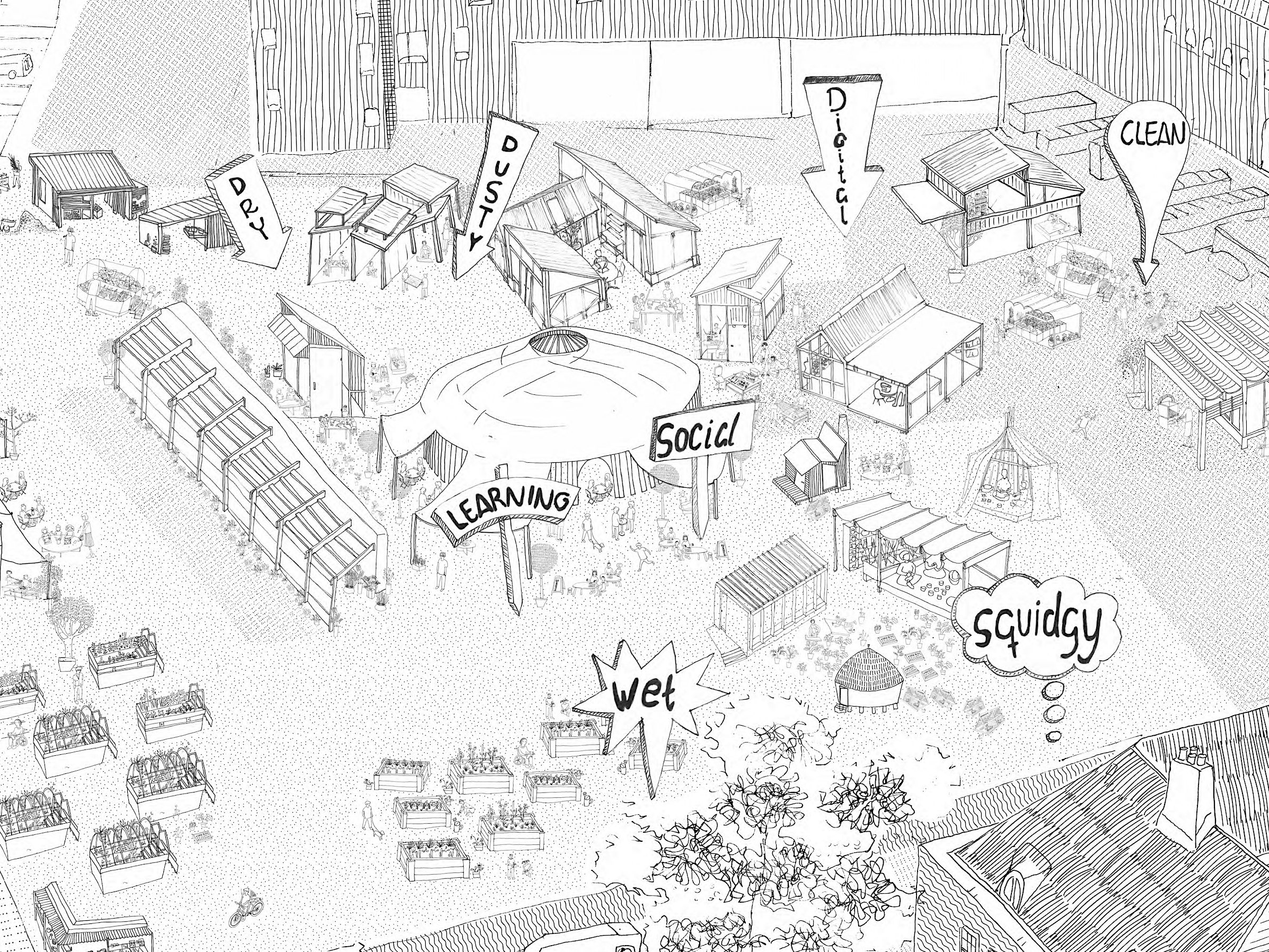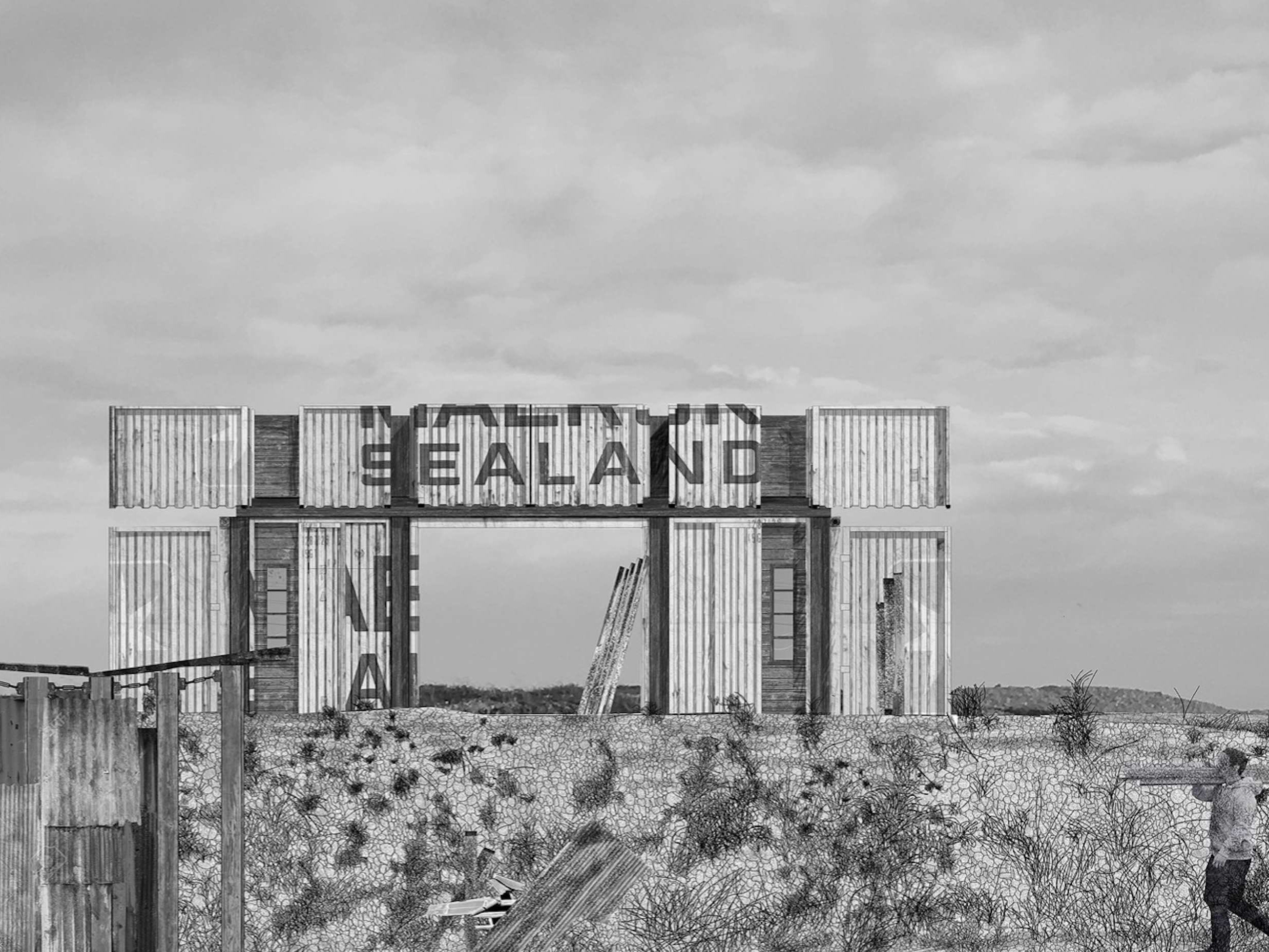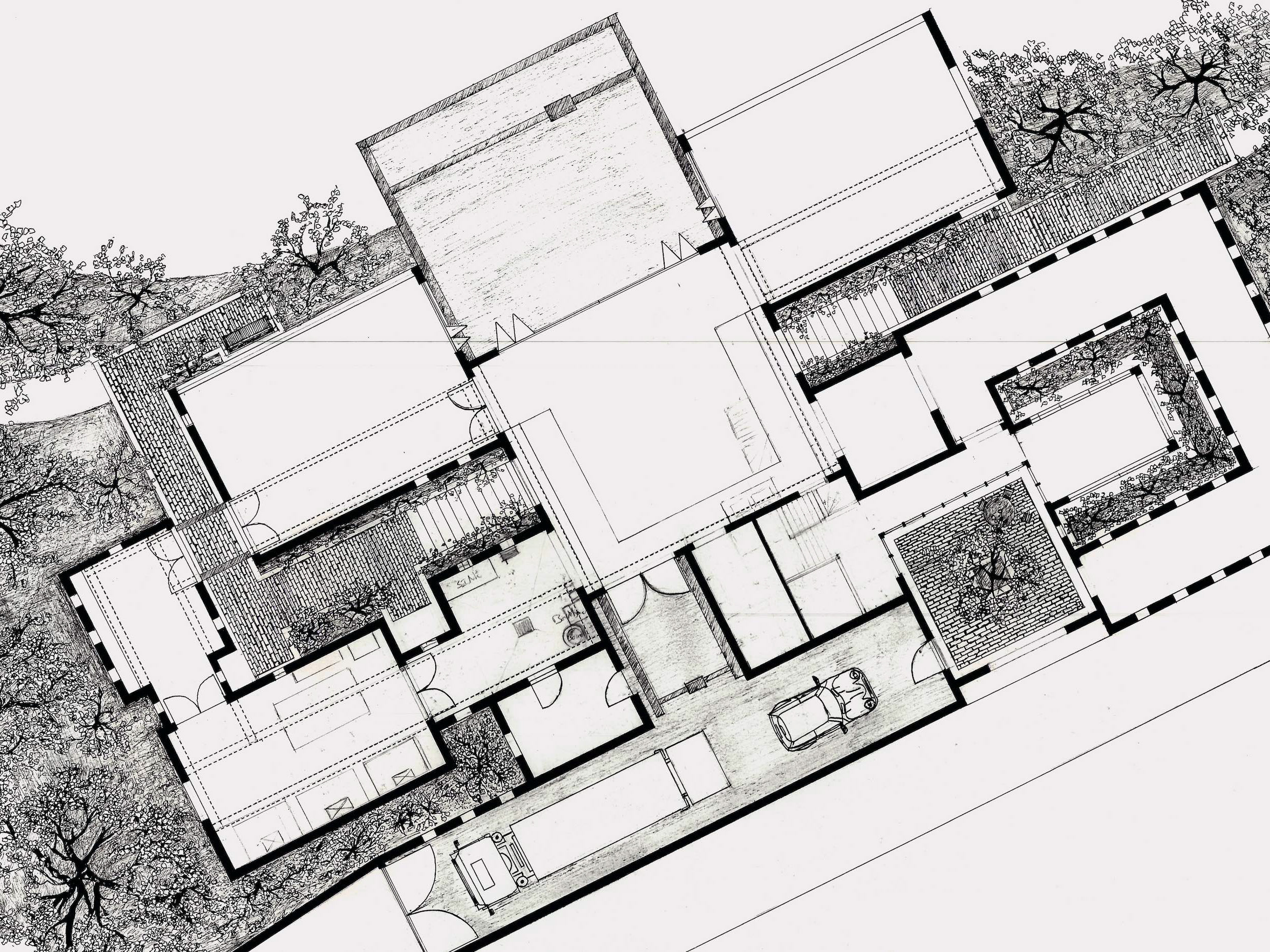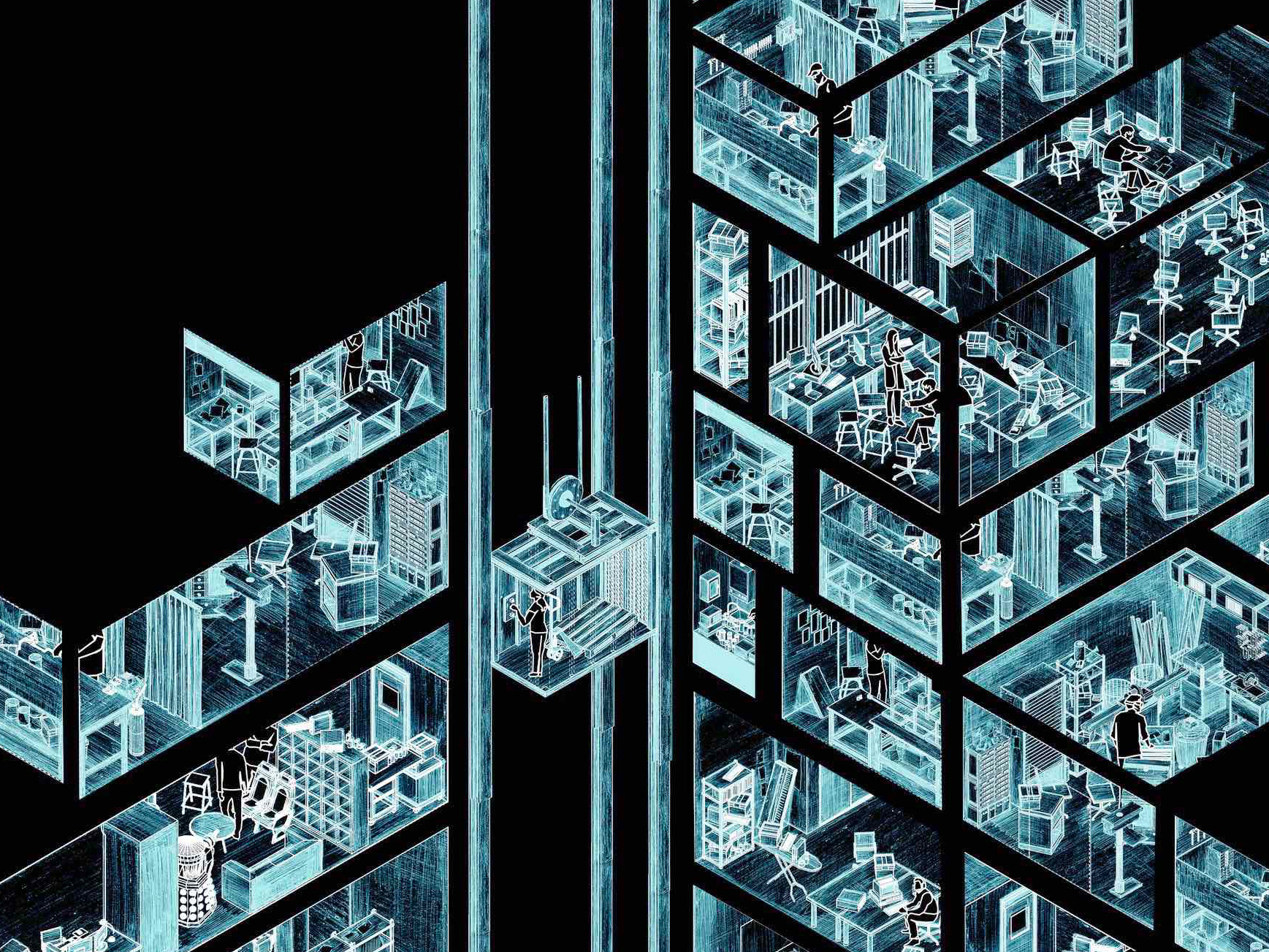Thai Panacea is a new and developing eco village, focusing on welness, permaculture and community living. The site is located on a 4 Ha piece of jungle land bordering a Thai national park. I joined the community as I was appointed by SAWA Architecture to work on the consrtruction of the village. SAWA’s architecture is focused on Natural Building techniques, using building materials mostly sourced from the site itself.
. 

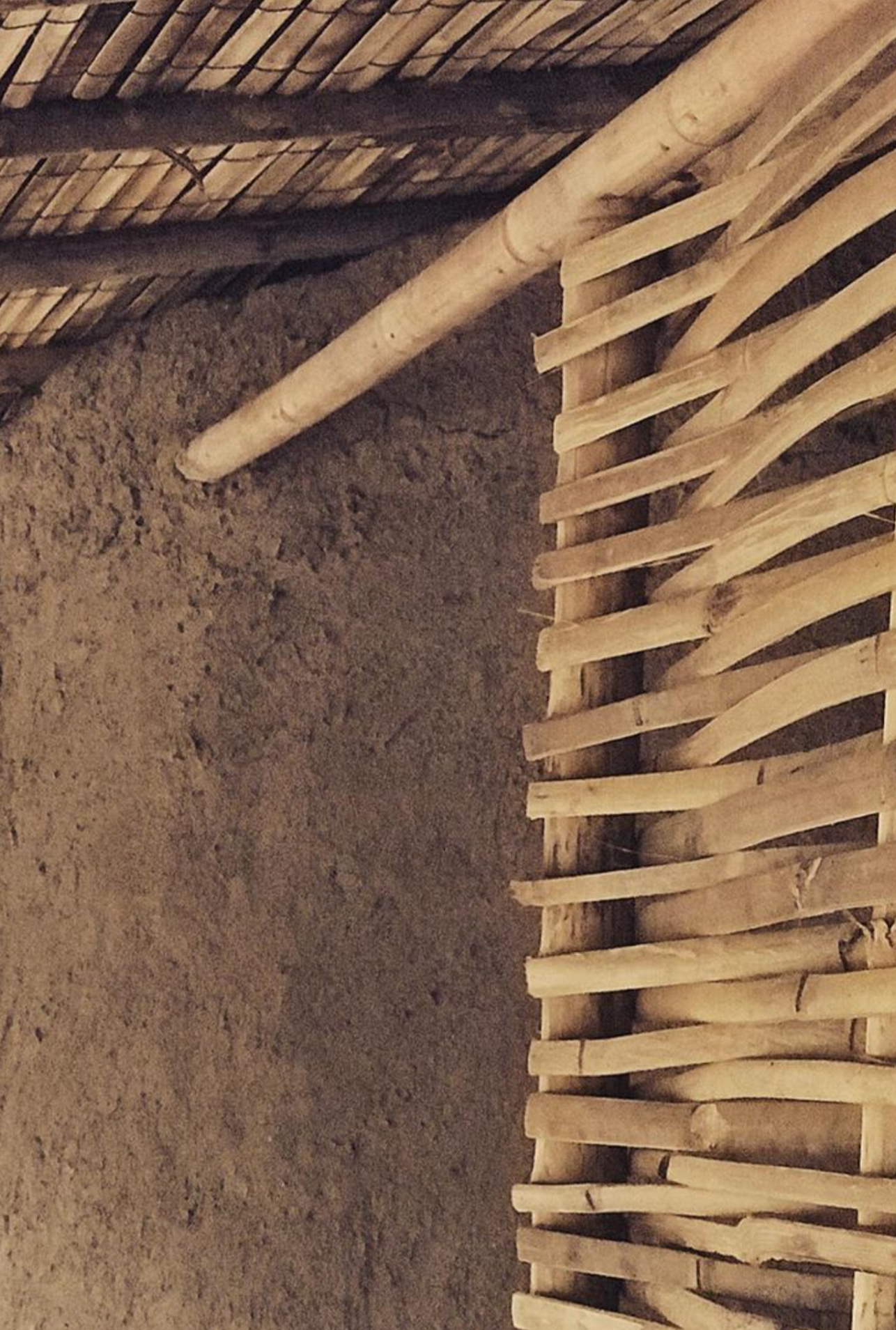
Using on-site natural resources sustainably.
The project is a slow developing scheme. The first building on site was the Observation House, built in order to observe and understand the land before drafting a master plan. In consequence, the village makes best use of the natural resources and environmental conditions through 'appropriate technology' and Permaculture.
.
.
Building materials offered by the site.
During my time on site, I undertook hands-on construction, mostly on the Learning centre. The materials are low cost and locally sourced e.g. upcycling old concrete fence posts into rubblecrete foundations. On-site clay was dug out to create adobe earth blocks (40 x 20 x 10 cm) and earth plasters. We harvested 25m long dendrocalamus bamboo on-site from long standing plantations, to create columns and structural beams.
Construction with adobe earth bricks.
On site clay was dug up to create a much needed pond and soak away, as well as making the adobe earth blocks (40 x 20 x 10 cm) earth plasters. Adobe bricks and mortar are made with a mixture of earth and rice husk (aggregate) and sun dried for a couple months before being laid. The adobe bricks have great structural and thermal properties, keeping the building cool during hot summer days. A lime plaster will later be applied to make the walls water resistant.
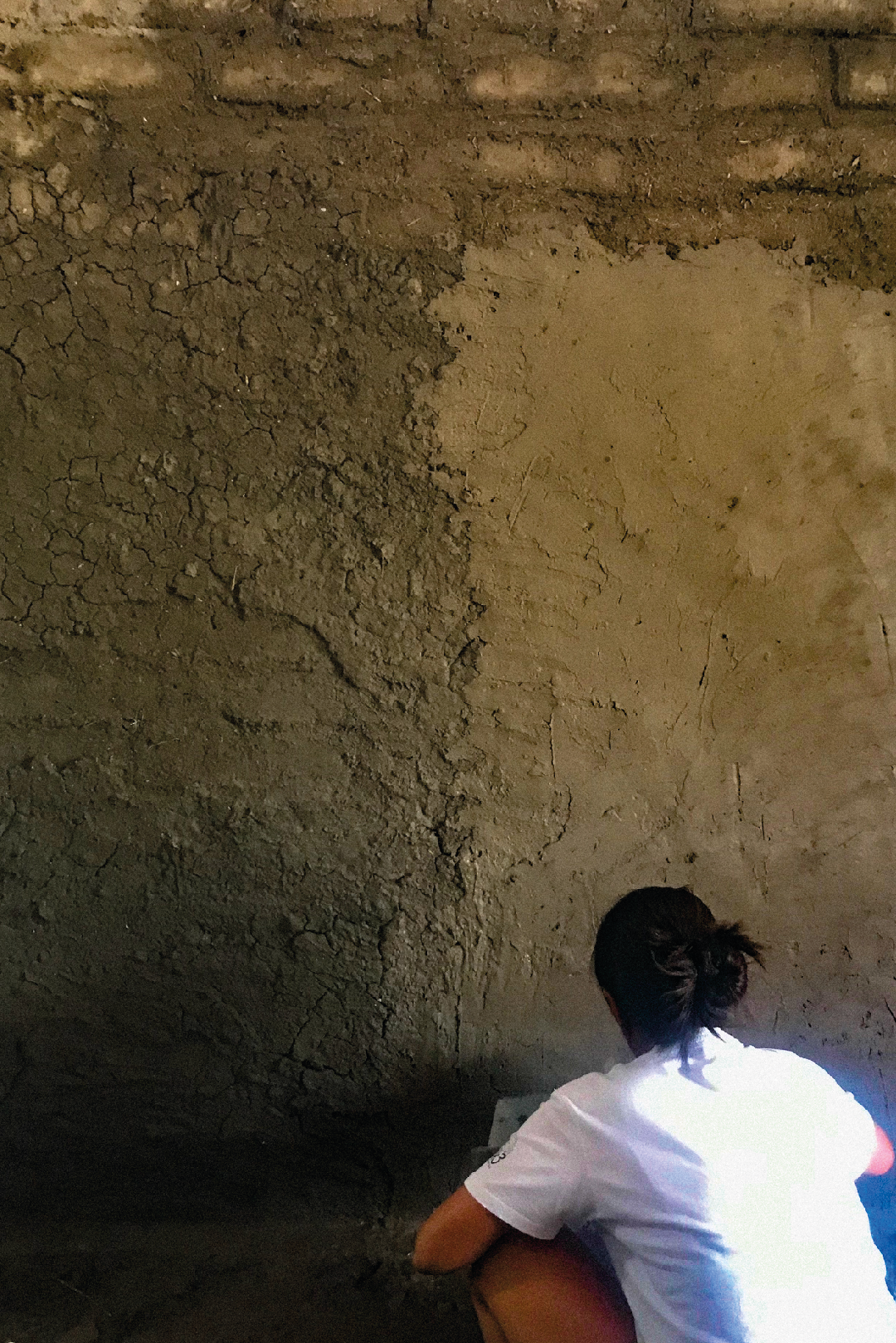
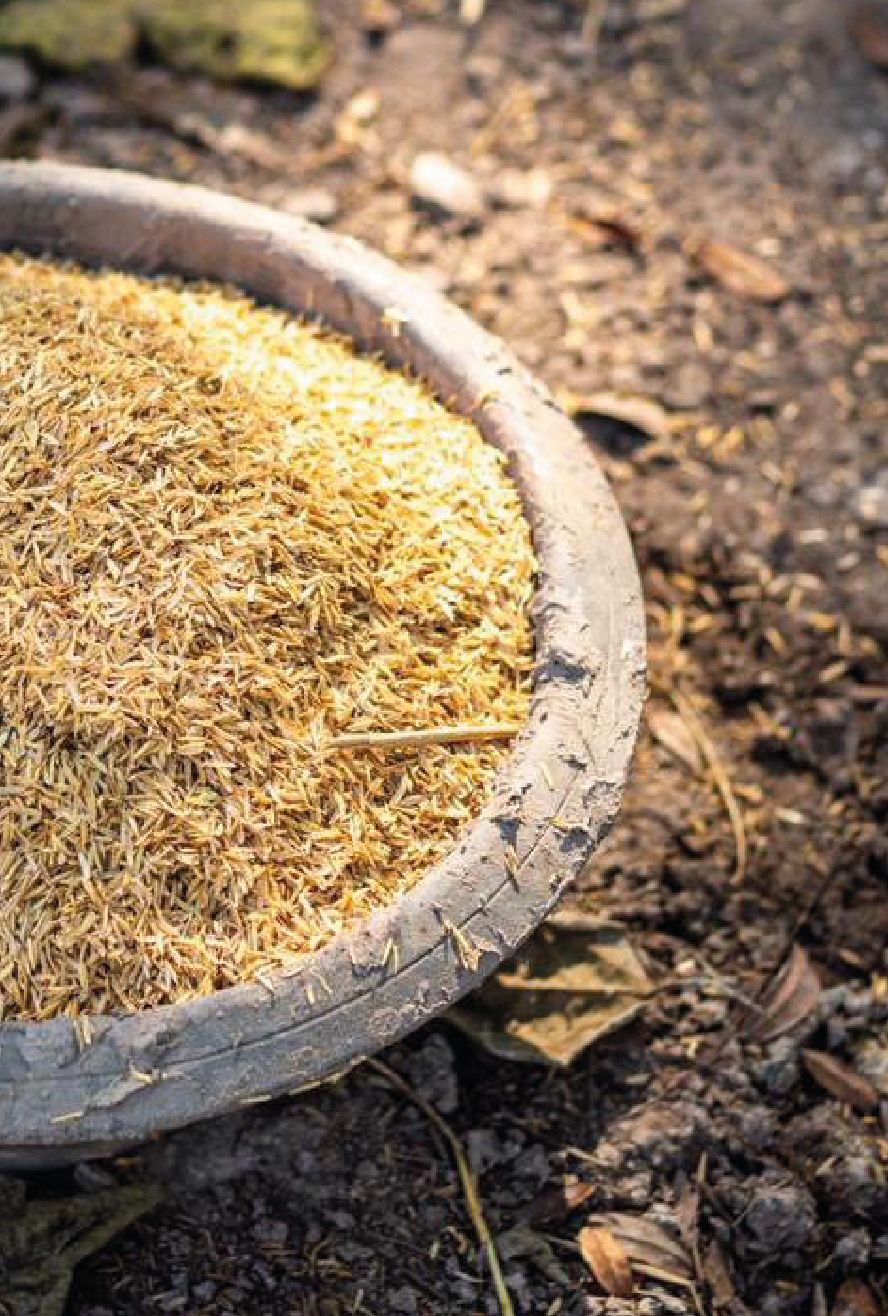
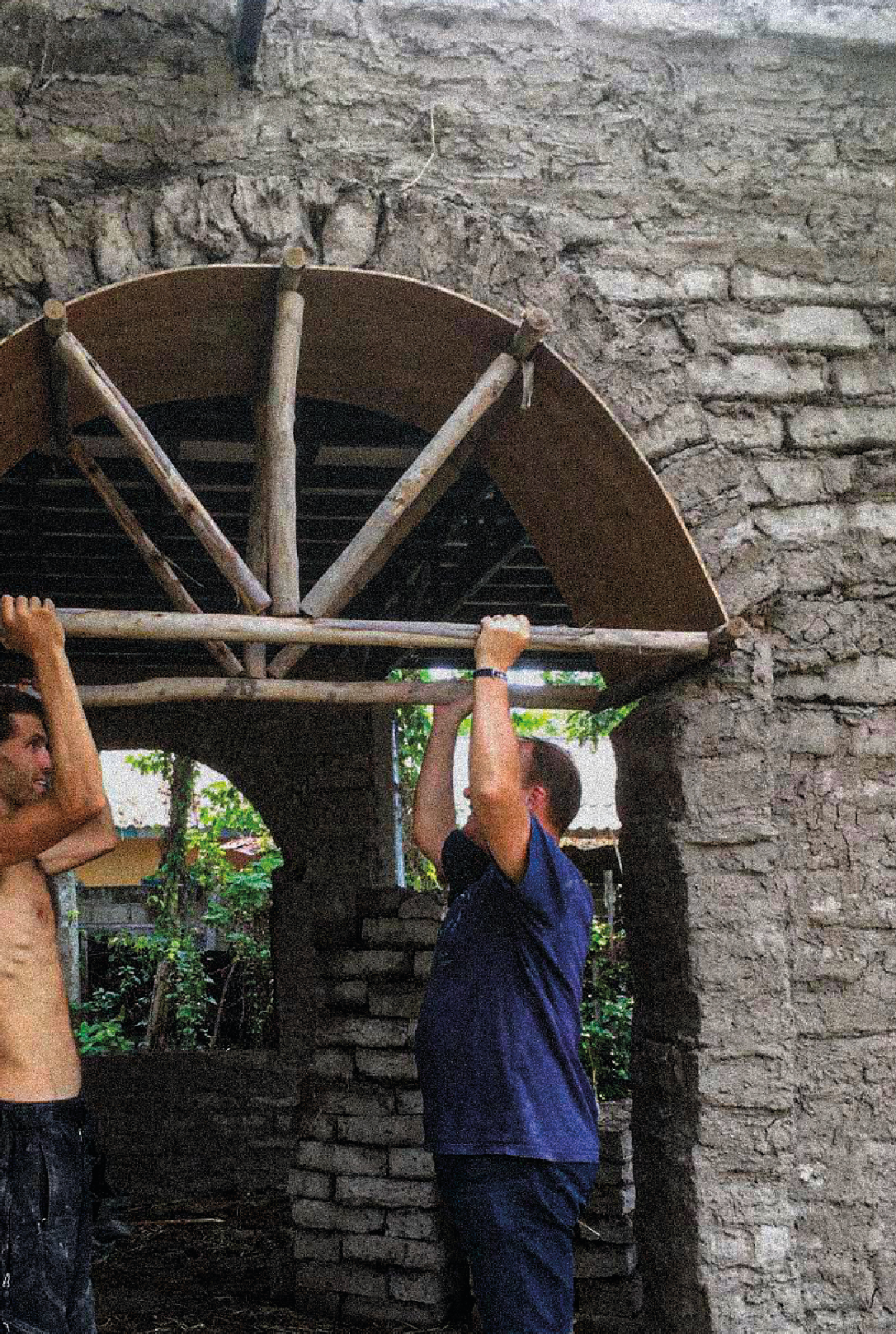
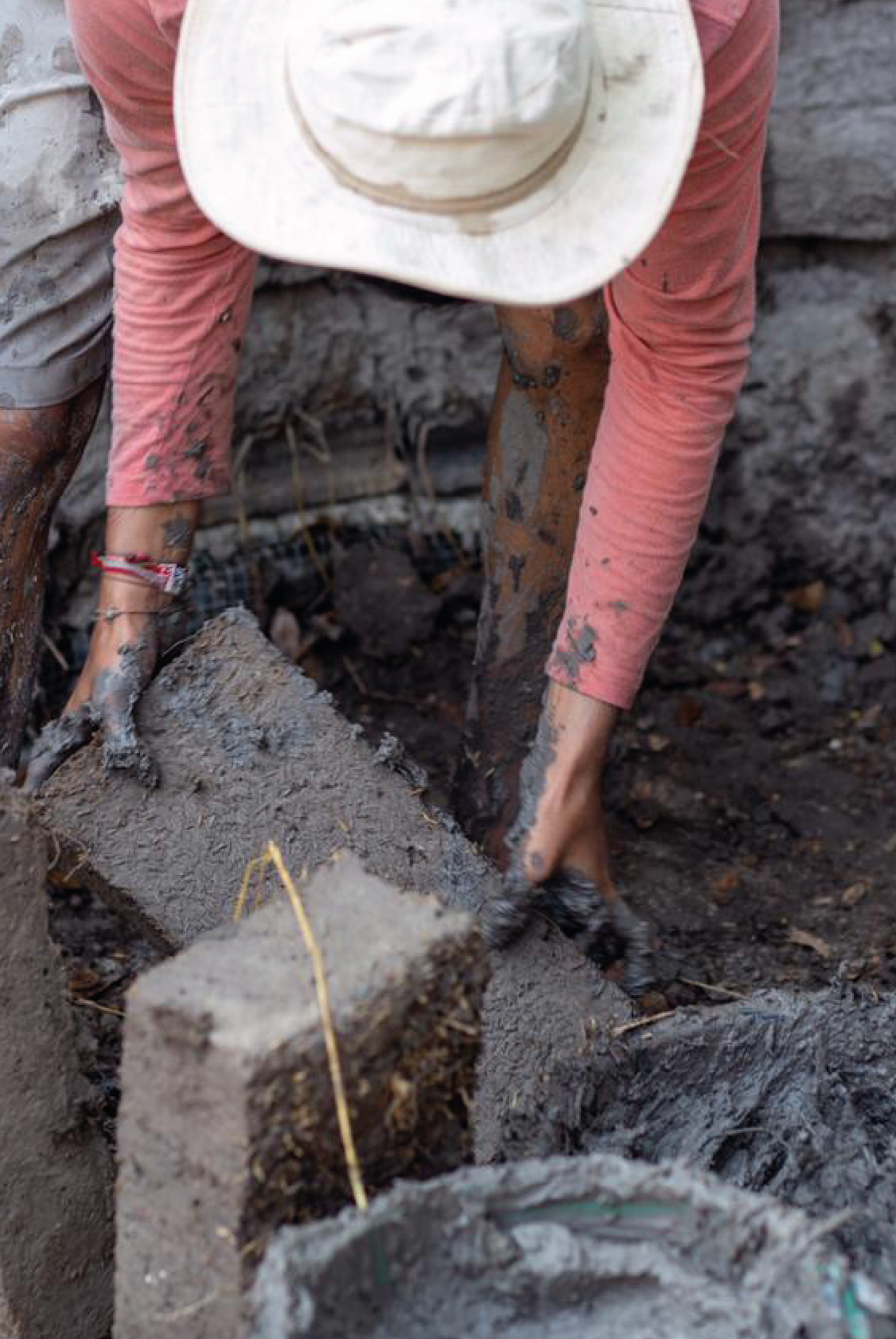
A carbon-negative design.
Thai Panacea is a testament of the possibility of living off-grid in a fully sustainable way. The village is carbon negative, the permaculture principles enrich the land and increase soil fertility. Thai Panacea is an example of sustainability pushed at a maximum. Although a bit utopic in this day and age, many of the principles, from sustainable material sourcing to permaculture and appropriate technologie, can be assimilated and drawn into the way we live in city’s, which is perhaps the greatest environmental challenge of the twenty-first century.
.